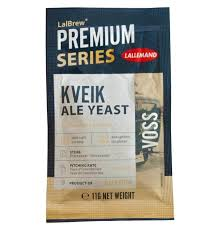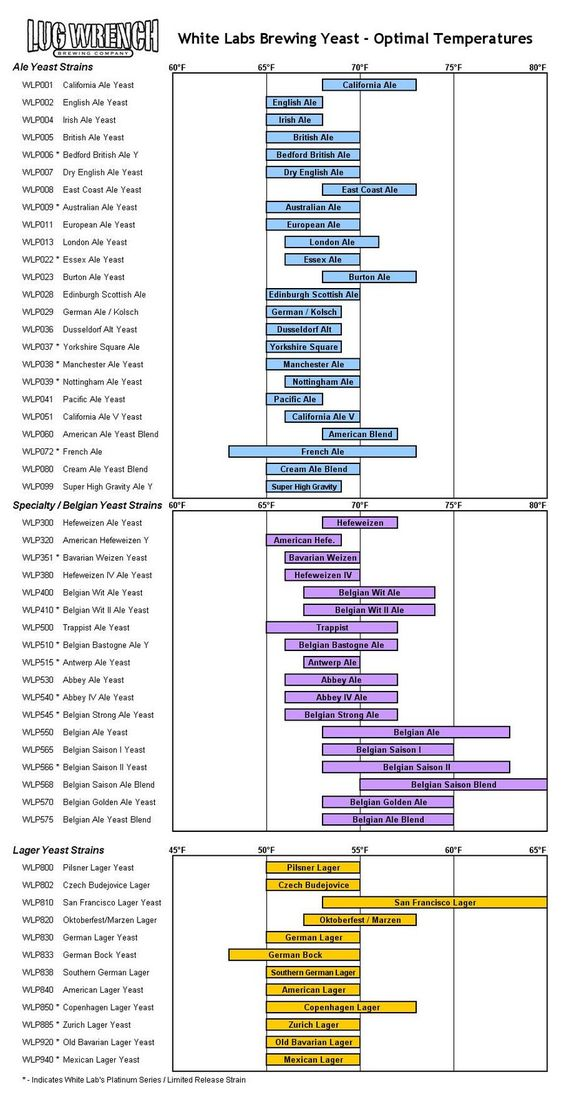I’m a first time beer brewer with a Northern Brewer 79 dollar starter kit. I am about to start bewing a 5 gallon bucket of ale. How important is the temperature for the first 14 day fermentation? Being summer time my apartment is about 80 to 85 degrees - with air conditioning I can get it in the mid 70s but it becomes expensive. Is this problematic or does it just speed up the fermentation? Any way I can work with / around this?
Last edited:













![Craft A Brew - Safale BE-256 Yeast - Fermentis - Belgian Ale Dry Yeast - For Belgian & Strong Ales - Ingredients for Home Brewing - Beer Making Supplies - [3 Pack]](https://m.media-amazon.com/images/I/51bcKEwQmWL._SL500_.jpg)














































